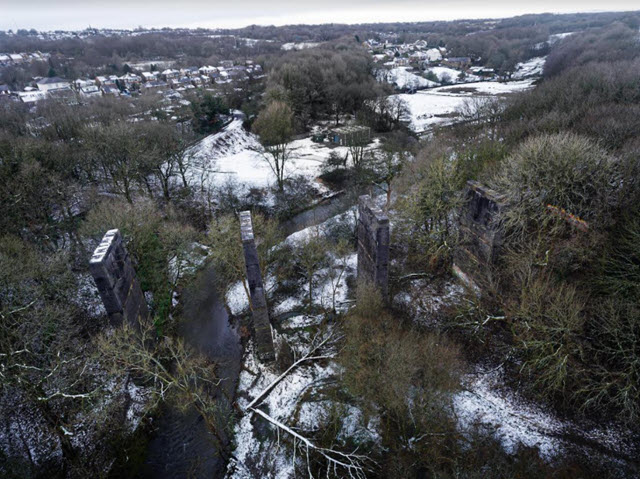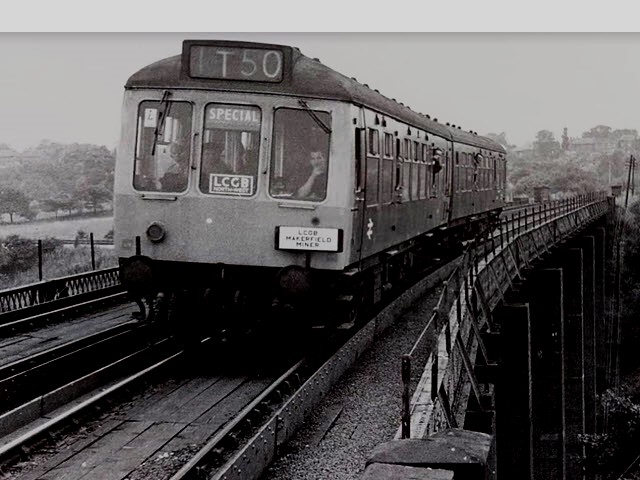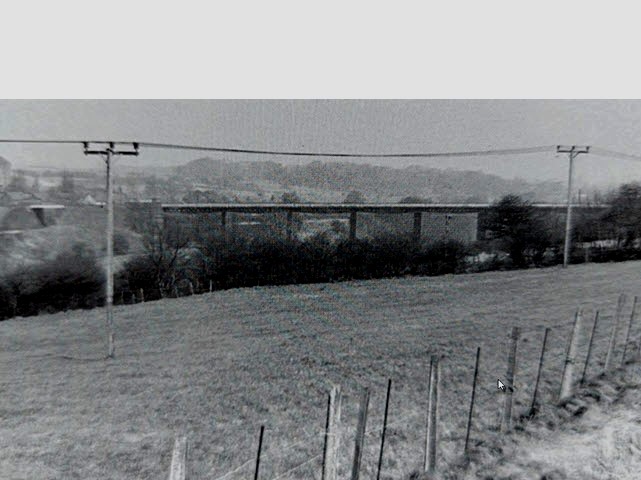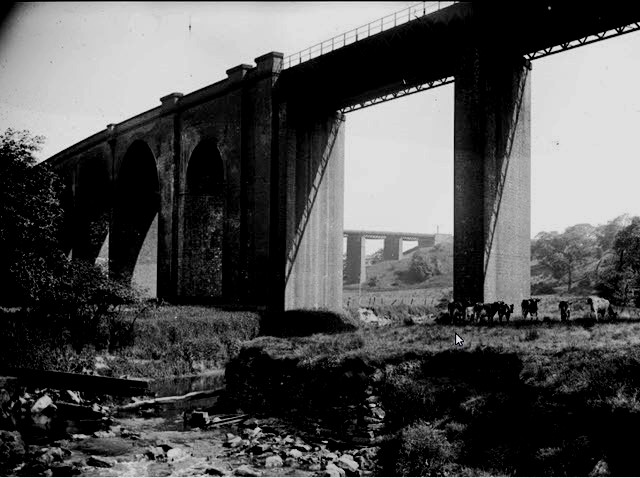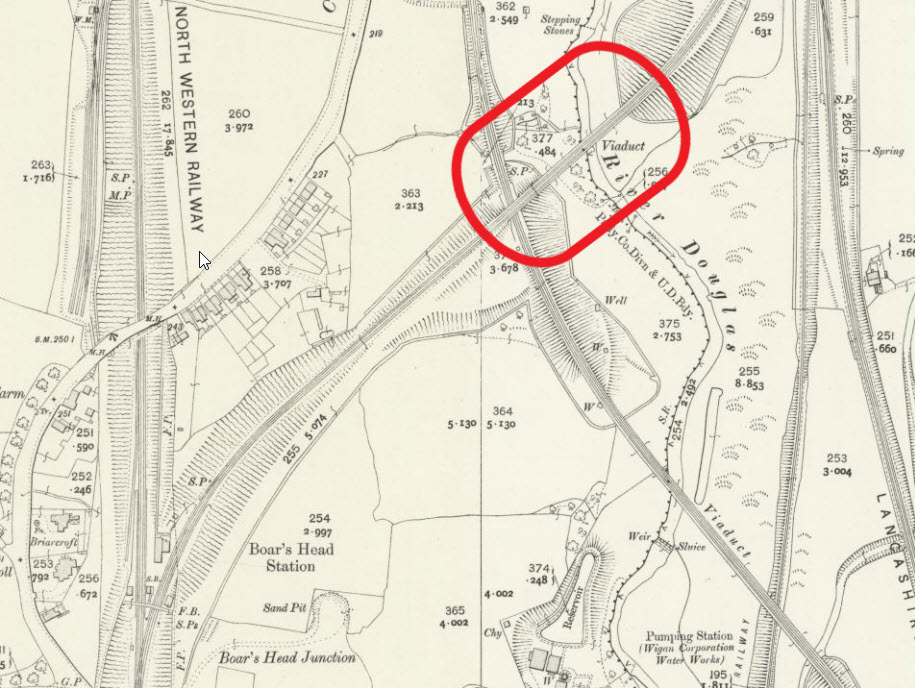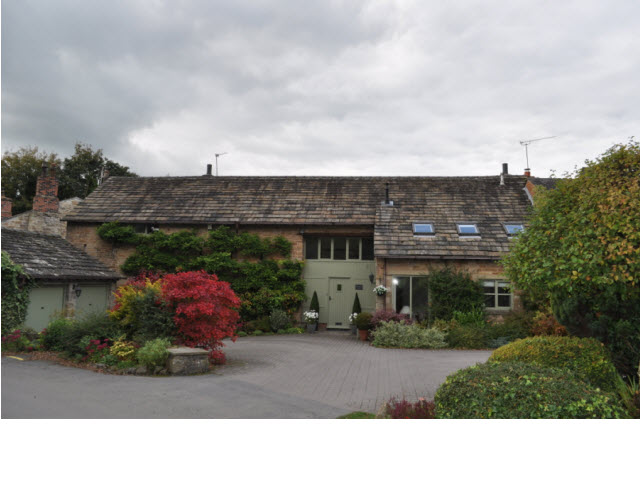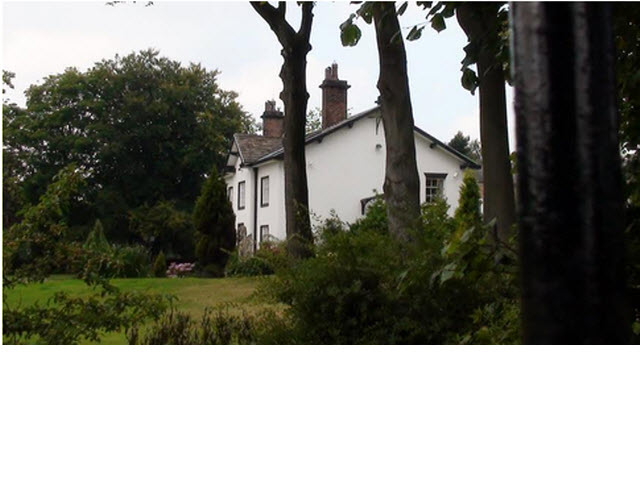The Boars Head-Haigh Viaduct (The Dominoes)
, Haigh
Part of Group:
At Risk: Yes
Description
The remains of a Victorian railway viaduct built to carry part of the Lancashire Union Railway across the Douglas Valley. It once consisted of six pillars supporting seven wrought-iron spans. Only the pillars remain. They are lined with blue brick with periodic stone layers. They reach a maximum height of 86 feet. Given their high rectangular shape they have become known locally as the “Dominoes”.
History
In the mid-1800s colliery owners in the Wigan area wanted a link to the towns in North and East Lancashire and also to the South Liverpool and Widnes Docks. This would transport their coal more quickly and cheaply to growing industrial towns and to the docks for export. Originally they wanted a mineral railway but government policy at the time was to create full railways that could transport goods and passengers. The Lancashire Union Railway Act was passed in 1864 which enabled work to start on a number of lines around Wigan.
Members of the Board of the Wigan Coal and Iron Company took a leading role in the LUR. The Chair of LUR was John Lancaster, and Alfred Hewlett was the Vice Chair.
The first sod cutting ceremony took place in July 1866 and the lines eventually opened in 1869. The LUR lines included a link from the Boar’s Head Junction at Standish, on the Northern Union Railway (West Coast Line), to Haigh Junction near Redrock on the LUR line. This would carry trains between Wigan and Blackburn via Boar’s Head, Redrock, Adlington and Chorley.
The line would run in a north-easterly direction from Boar’s Head across the deep Douglas valley to join the line from Whelley at Haigh junction. The contract to construct this section was awarded to Abraham Pilling and was worth £65,836.
At the time the LUR was formed there was competition in the area between the London and North Western Railway and the Lancashire and Yorkshire Railway. L&NWR were partners in the LUR company but eventually it was agreed the Boar’s Head to Redrock section of the LUR would be run as a joint line by the two companies.
A viaduct was constructed to carry the line across the deep Douglas Valley reaching a maximum hight of 86 feet. It was constructed of six blue brick lined pillars with stone layer inserts. The pillars were bridged by seven 55 foot wrought-iron spans.
Boar’s Head Station was built at the southern end of the line, and a station and goods yard were constructed at Red Rock at the northern end.
For many decades the line carried passengers and freight, particularly coal. Passenger services included trains from Blackburn to London Euston until 1949. Boar’s Head station closed on 31 January 1949. Redrock station closed in 1957. The line was still used by passenger trains until 4 January 1960 and was closed completely on 5 October 1971.
Sources:
Bob Pixton, Maine Line Railways Around Wigan, Runpast Publishing, 1999
Wigan Observer 3 August 1866
John Marshall, Lancashire Union Railways, The Railway Magazine April, May, June 1970
Dennis Sweeney, The Lancashire Union Railway, Triangle Publishing, 2010
Jim Meehan & Andy Lomax 2021

